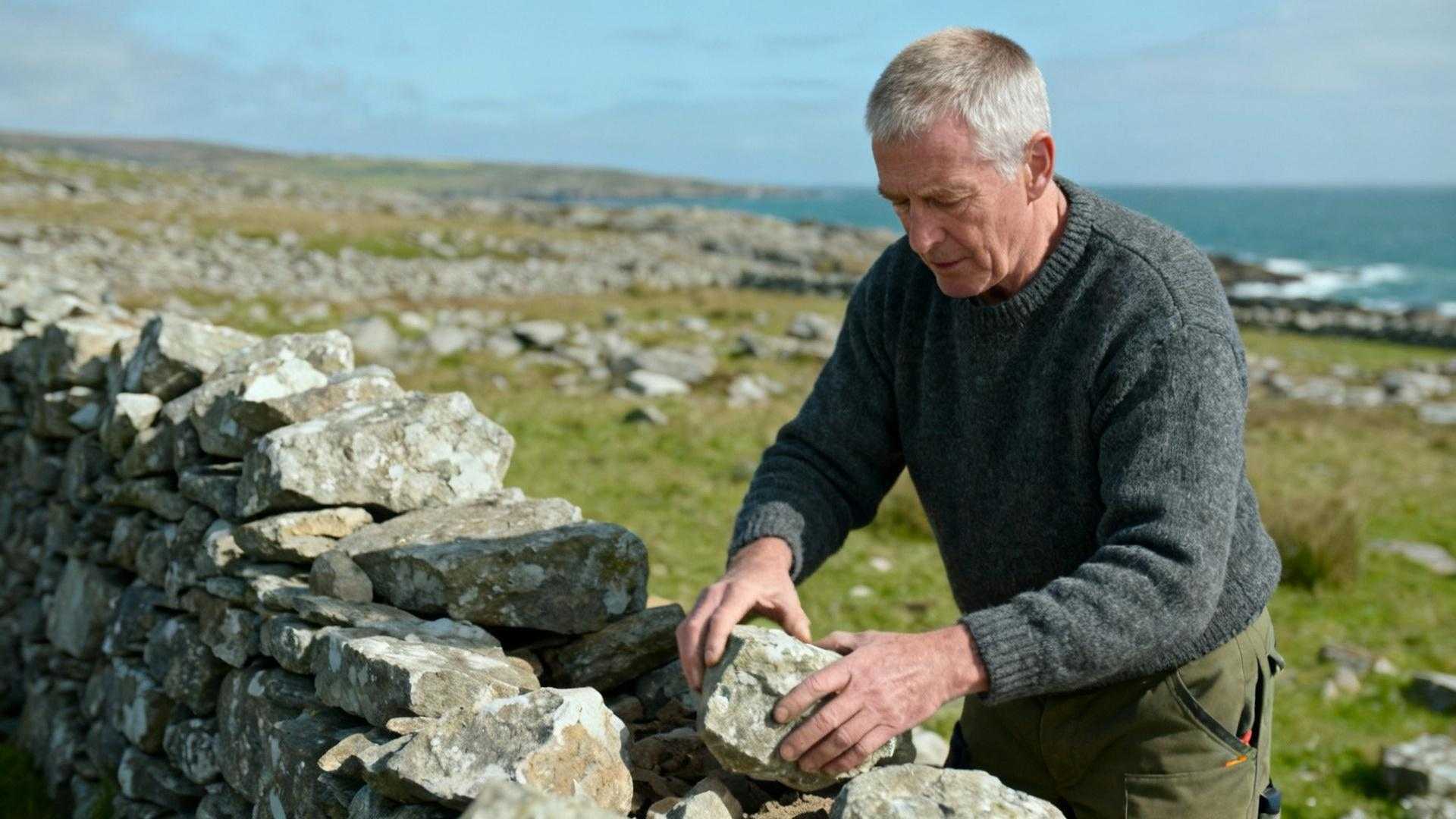Atlantic winds carry the scent of wildflowers across limestone cliffs. On Inishmore, Ireland’s largest Aran Island, ancient stone meets endless meadows. This windswept refuge holds secrets that mainland Ireland forgot.
Eight hundred souls call this 12-mile stretch of rock home. They speak Irish as naturally as breathing. Tourism hasn’t touched their daily rhythm yet.
Stepping Into Ireland’s Last Frontier
The ferry from Rossaveal takes 45 minutes through choppy waters. Most visitors clutch seasickness tablets and guidebooks. Locals read newspapers in Irish Gaelic, unbothered by rolling waves.
Kilronan harbor welcomes you with stone walls built without mortar. These structures survived Atlantic storms for over a thousand years. No concrete reinforcement needed when ancestors knew their craft.
Pony carts wait at the pier, not tourist buses. Drivers charge €10 for island tours lasting three hours. Their horses know every pothole on roads barely wide enough for cars.
Where Ancient Ireland Still Breathes
Dún Aonghasa fortress crowns 300-foot cliffs without safety barriers. This Bronze Age monument predates Stonehenge by centuries. Archaeologists call it Europe’s most dramatically situated prehistoric fort.
Stone Architecture That Defies Time
Dry stone walls crisscross the island like ancient arteries. Farmers built these boundaries using stones cleared from fields. No cement holds them together, yet they’ve weathered centuries of Atlantic gales.
Traditional cottages feature walls three feet thick. Thatched roofs once dominated, though corrugated iron replaced most by 1950. Galway’s colorful buildings showcase similar architectural heritage across the bay.
Irish Language Living Laboratory
Shop signs appear first in Irish, English second. Children attend Irish-medium schools where mathematics lessons happen through Gaeilge. This linguistic immersion creates fluent speakers naturally, unlike forced classroom learning.
“Visitors often apologize for not speaking Irish,” says Máire Ní Chonghaile, who runs the local post office. “We switch to English immediately, but we appreciate when tourists try basic greetings.”
Experiencing Island Life Authentically
The Worm Hole attracts cliff divers during Red Bull competitions every July. This rectangular natural pool sits 40 feet above churning Atlantic waters. Local teenagers practice here year-round, jumping when tourists aren’t watching.
Activities Beyond Tourist Trails
Archaeological walks reveal 60 stone forts scattered across limestone terrain. Most visitors see only Dún Aonghasa, missing smaller sites like Dún Eochla. These ruins require no entrance fees and offer solitude impossible at famous landmarks.
Bicycle rentals cost €15 daily from three competing shops. The Wild Atlantic Way cycling routes connect Inishmore to mainland adventures. Island roads have minimal traffic, making cycling safer than Dublin streets.
Culinary Traditions Worth Savoring
Joe Watty’s Bar serves boxty potato cakes made from recipes dating to the 1800s. Islanders gathered dulse seaweed for centuries, creating dishes tourists rarely encounter. Fresh lobster arrives daily, priced at €25 per plate.
Traditional pubs close when conversations end, not at mandated hours. Musicians gather spontaneously for sessions featuring uilleann pipes and bodhráns. No cover charges, just respect for musical traditions spanning generations.
The Island That Time Preserved
Evening light transforms limestone pavements into golden galleries. Wildflowers bloom between cracks where soil collected over millennia. This landscape rewards slow exploration over rushed sightseeing.
Inishmore costs 40% less than Ring of Kerry attractions while offering equivalent natural beauty. Ferry tickets run €25 return, compared to €80 for popular coastal tours. Authenticity comes at a discount here.
December storms can cancel ferries for three consecutive days. Islanders stock provisions accordingly, maintaining self-sufficiency that disappeared elsewhere. This isolation preserves traditions that modernization erased on the mainland.
Your Questions About Inishmore Answered
What’s the best time to visit for wildflowers?
May through July offers peak blooming seasons for native species. Arctic flowers thrive in limestone soil during these months. Spring gentians appear in April, creating purple carpets across stone fields.
How do locals maintain their Irish language fluency?
Daily conversations happen primarily in Irish among residents over 40. Radio na Gaeltachta broadcasts from the island, reinforcing linguistic connections. Children grow up hearing both languages equally, creating natural bilingualism.
How does Inishmore compare to other Irish islands?
Inishmore has 850 permanent residents versus Achill Island’s 2,700. Skellig Michael attracts Star Wars tourism, while Inishmore maintains working communities. Ferry access operates year-round, unlike weather-dependent island connections elsewhere.
Sunset paints limestone cliffs amber while Atlantic waves crash below. Children’s laughter echoes in Irish across ancient stone. This island holds Ireland’s heart in its weathered hands.
